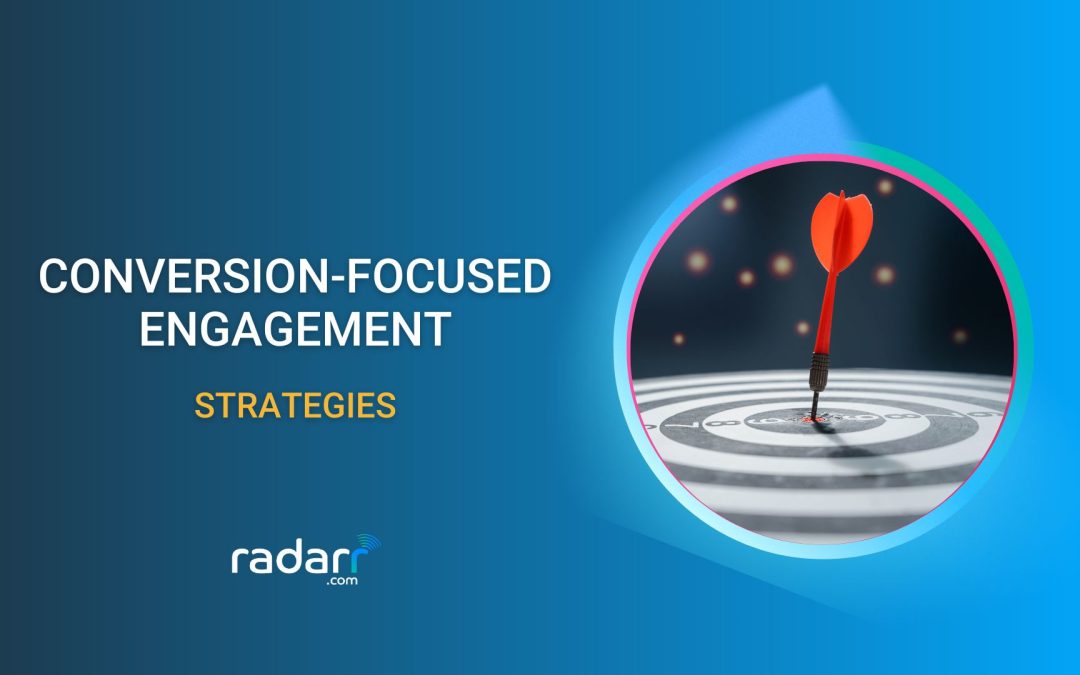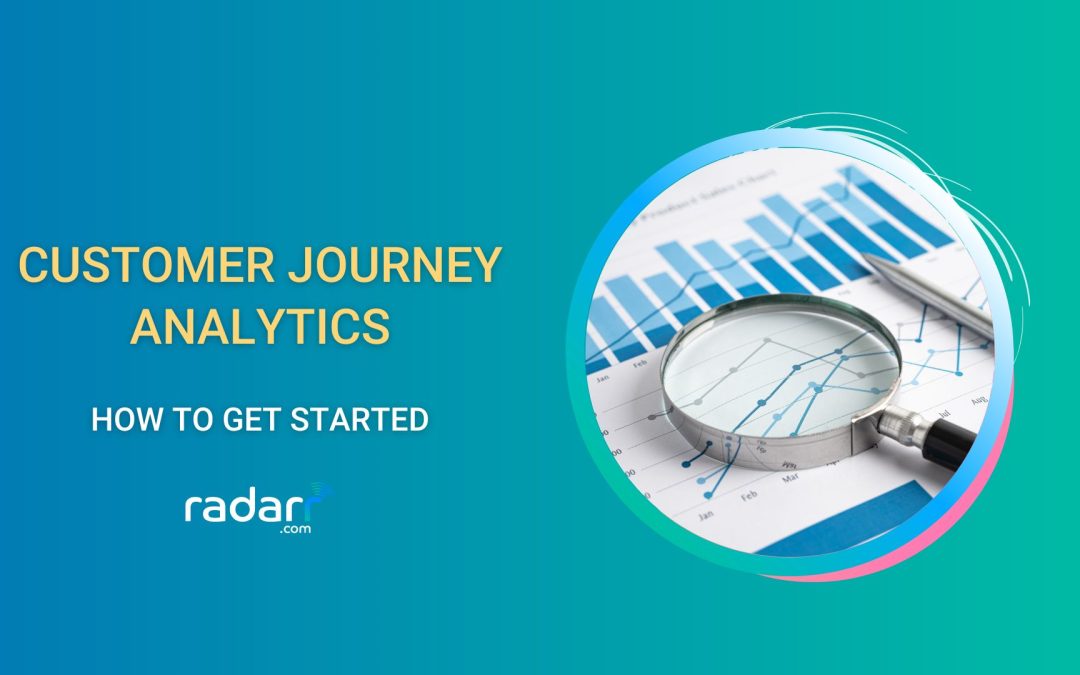The era of the social generation, where every thought and emotion about brands finds its way into the digital realm. In this age of instant sharing and constant connectivity, our sentiments towards products and services are broadcast on social media platforms.
Enter the realm of Social Sentiment Indicators – the key to decoding the collective mood of the online community.
In this blog, we unravel the significance of social sentiment indicators and equip you with everything you need to know to navigate this dynamic landscape.
What is a social sentiment indicator?
A social sentiment indicator gauges the prevailing attitudes, opinions, and emotions expressed by individuals on social media platforms for online reputation management. It analyzes user-generated content to assess the overall sentiment, providing insights into brand perception, trends, and potential impacts on various topics or entities.
The social sentiment indicator is valuable for businesses, investors, and researchers seeking to understand public opinion, market trends, or the reception of products and services.
For instance, a social sentiment indicator might reveal that a new product launch is generating overwhelmingly positive/negative reactions on social media, indicating public perception.
How does the social sentiment indicator work?
The social sentiment indicator employs natural language processing (NLP) and machine learning techniques to analyze the text of social media posts, comments, and discussions, extracting insights into the prevailing sentiment. This indicator typically classifies sentiments such as positive, negative, or neutral.
NLP algorithms examine the language used in social media content, considering factors like word choice, context, and emotional tone to determine sentiment. Machine learning models are often trained on large datasets containing labeled examples of positive, negative, and neutral sentiments to improve accuracy. Various features may also be incorporated, such as sentiment scores, which quantify the intensity of emotions expressed in the text.
Monitoring social sentiment allows for timely responses to emerging issues, helps in reputation management, and informs decision-making processes across different domains. However, it’s important to note that the accuracy of social sentiment analysis may be influenced by the complexity of language, sarcasm, and evolving cultural nuances.
What are the advantages of using a social sentiment indicator?
Sentiment mapping offers several advantages across various domains. Here are the key benefits:
1. Real-time insights
By analyzing social media content as it unfolds, businesses and organizations can quickly identify emerging social media marketing trends, sentiments, or issues, allowing them to make timely decisions and respond promptly to customer concerns.
2. Brand monitoring and reputation management
Tracking sentiment trends allows businesses to gauge how their brand is being discussed online and identify potential reputational risks. This allows for proactive reputation management, enabling companies to address negative sentiments before they escalate and to capitalize on positive feedback.
3. Market Intelligence
With sentiment analysis, businesses can gain insights into market preferences, identify areas for product improvement, and even anticipate shifts in consumer behavior. This information is particularly useful for product development, marketing strategy, and staying competitive in dynamic markets.
4. Customer feedback analysis
Social sentiment analysis provides a means to analyze vast amounts of customer feedback from diverse sources. By categorizing sentiments, businesses can identify specific areas for improvement in their products or services. This feedback-driven approach enhances customer satisfaction and loyalty, as companies can actively address concerns and meet customer expectations.
5. Competitor analysis
Social sentiment indicators enable businesses to not only monitor their brand but also track sentiments related to competitors. This competitive analysis helps companies benchmark their performance against industry rivals, identify areas where they excel or lag, and make informed strategic decisions.
Examples of social sentiment indicator
Here are a few examples of Social Sentiment Indicators:
1. Financial Institutions
Financial institutions, including fund managers and hedge funds, leverage social sentiment analysis for investment decision-making.
For example, a global bank may monitor social media for signs of economic instability. When a viral video highlights public unrest in a key market, traders quickly adjust their portfolios, shifting investments to more stable assets. This foresight shields the institution from significant losses during the ensuing market turbulence.
Social sentiment analysis thus becomes a valuable tool for predicting market movements and mitigating financial risks.
2. Political campaigns
Examining the sentiment expressed in comments on political posts or articles helps gauge public reactions. A shift in sentiment within these comments can serve as an early indicator of changing attitudes toward political issues.
For instance, if political analysts monitor online forums and identify a rising discontent regarding the government’s healthcare management, this foresight enables them to anticipate a decline in approval ratings. Equipped with this information, strategists can counsel policymakers on introducing specific healthcare reforms, thereby alleviating public dissatisfaction and maintaining political support.
3. Marketing Agencies
Marketing agencies benefit from social sentiment analysis to ensure effective targeting and assess the success of ad campaigns. By monitoring sentiment metrics, such as clicks, likes, shares, and overall engagement, agencies can gauge consumer reactions to advertising efforts.
As an example, Taco Bell observed the active engagement of their target audience and customers with their taglines, like “live mas.” Seizing this opportunity, the company collaborated with Forever 21 to introduce a merchandise line. The collection encompasses a variety of items, ranging from graphic T-shirts, themed tops, and bodysuits to cropped hoodies, anorak jackets, and pullovers.
Limitations of a Social Sentiment Indicator
While social sentiment indicators can provide valuable insights into public opinion, they also come with certain limitations. Here are some common limitations associated with Social Sentiment Indicators:
1. Contextual Challenges and Sarcasm
Social sentiment indicators often struggle with understanding the nuances of language, including sarcasm and context-dependent meanings. A statement that appears positive on the surface may carry a negative sentiment when considered in a broader context.
Sarcasm, humor, and cultural references can lead to misinterpretations, impacting the accuracy of sentiment analysis. The inability to grasp these subtleties can result in misleading conclusions and affect the reliability of the sentiment indicator.
2. Language Evolution and Variability
Natural language is dynamic, and the meanings of words and expressions can evolve. Social sentiment indicators may face challenges in keeping up with language trends, slang, and emerging terminology.
What was considered positive or negative in the past might undergo a shift in meaning, rendering the sentiment analysis less accurate. The variability in language usage across different demographics, regions, and online communities further complicates the task of creating a universal sentiment indicator that accurately reflects diverse perspectives.
3. Subjectivity and Individual Interpretations
Sentiment analysis models are trained on labeled datasets, which inherently carry biases based on the perspectives of the annotators. The subjectivity in labeling positive, negative, or neutral sentiments can lead to biases in the model’s predictions.
Also, individual users may interpret and express sentiments differently, making it challenging to create a one-size-fits-all sentiment indicator. Variations in personal opinions, cultural backgrounds, and experiences can result in diverse interpretations of the same content, leading to discrepancies in sentiment analysis outcomes.
Making the most of sentiment analysis
Making the most of sentiment analysis requires obtaining a comprehensive and accurate understanding of public opinion with one of the best Sentiment analysis tools, and Radarr offers a solution to address the limitations of traditional sentiment indicators.
Leveraging advanced technologies such as AI and machine learning, Radarr goes beyond the basic analysis by collecting and decoding data from various channels.
Radarr is one of the best online reputation management tools that enable real-time monitoring of online conversations surrounding your brand and offerings. With Radarr, timely responses and proactive reputation management become achievable, fostering a positive online presence.
Ready to improve your social sentiment score?












